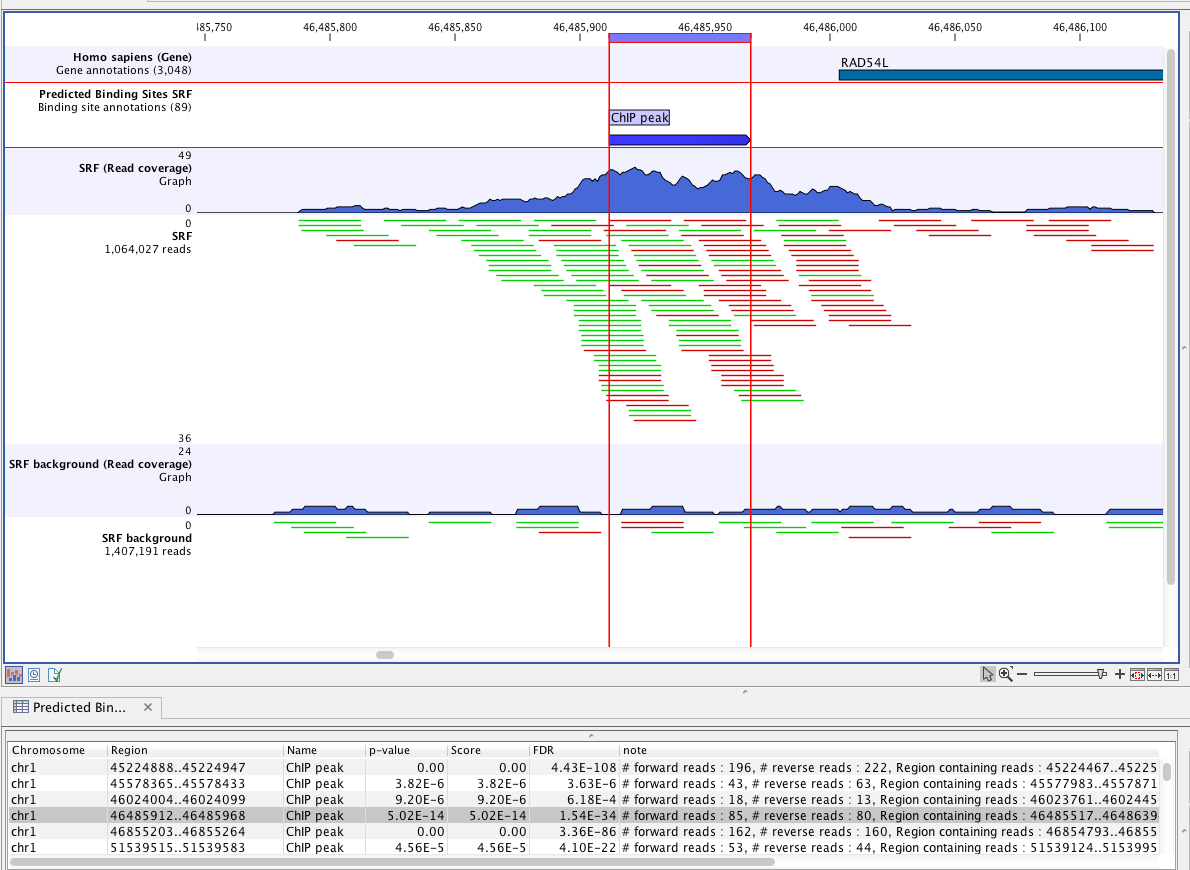

The online software MAFFT ( ) was used for alignment of the sequences. The determined nucleotide sequences of 16S rRNA and rpoB gene fragments were compared with corresponding nucleotide sequences extracted from GenBank wzi nucleotide sequences of the reference Klebsiella strains of the 77 K-types were extracted from the Supplementary file of Brisse et al. pneumoniae strains were deposited in the GenBank database under accession numbers MN371464–MN371513.

All PCR amplicons were gel purified (0.6% SeaKem ® GTG-agarose, Lonza, ME, USA) and sequenced (BigDye™Terminator v.3.1 Cycle Sequencing Kit and ABI 3500 Genetic Analyzer, Applied Biosystems, Foster City, CA, USA). pneumoniae capsular types (K-types), PCR-amplification of a 580-bp fragment of the wzi gene was performed according to. Bacterial strains were identified by sequencing a 1308-bp fragment of the 16S rRNA gene and a 501 bp internal portion of the rpoB gene, as previously described. These strains were grown in Luria–Bertani (LB) medium and on plates containing LB-agar (1.5% w/ v). The Enterobacteria strains used in this study were obtained from the Collection of Extremophilic Microorganisms and Type Cultures (CEMTC) of the Institute of Chemical Biology and Fundamental Medicine Siberian Branch of Russian Academy of Science and are listed in Table S1. One such alternative approach could be the use of lytic bacteriophages in the complex treatment of Klebsiella infections. pneumoniae, and alternative therapeutics are required for to decrease this rate. A high fatality rate ranging between 18% and 49% has been reported for infections caused by multi-drug-resistant isolates of K. pneumoniae is mostly associated with the dissemination of ESBLs and other horizontally transmissible resistance genes in most parts of the world. pneumoniae has dramatically increased worldwide and K. During the last decades, the prevalence of extended-spectrum β-lactamases (ESBL) producing K. pneumoniae, causing severe nosocomial infections, often possess multiple antibiotic resistances. The cps cluster has a mosaic structure with a group of six conserved genes ( galF, orf2, wzi, wza, wzb, and wzc) at the 5’ end, which may be used for the molecular serotyping of K. Each K-type is associated with particular genes in the cluster of capsular synthesis (cps). The Klebsiella capsular polysaccharides are one of the major factors of virulence and currently more than 80 variants of Klebsiella capsular types (K-types) are known. pneumoniae is a common pathogen, associated with a wide spectrum of infections, such as pneumonia, urinary tract infections, intra-abdominal infections, bloodstream infections, meningitis, and pyogenic liver abscesses. Members of the Klebsiella genus are widespread in nature and found in soil, sewage, plants, and the intestinal tract of humans and animals. Klebsiella pneumoniae is a Gram-negative, non-motile, non-sporulating bacterium belonging to the Klebsiella genus of the Enterobacteriaceae family. The obtained data suggested that Klebsiella phage KP8 differs from other similar phages and may represent a new genus within the N4-like phages. The average evolutionary divergences KP8/ Enquatrovirus and KP8/ Gamaleyavirus were 0.466 and 0.447 substitutions per site (substitutes/site), respectively, similar to that between Enquatrovirus and Gamaleyavirus genera (0.468 substitutes/site). Phylogenetic analysis of the KP8 genome revealed that the KP8 genome formed a distinct branch within the clade, which included the members of Enquatrovirus and Gamaleyavirus genera besides KP8. In addition, the KP8 genome showed gene synteny typical of the N4-like podoviruses and contained the gene encoding a large virion-encapsulated RNA polymerase. Comparative genome analysis revealed that the KP8 genome possessed the highest similarity to the genomes of Enquatrovirus and Gamaleyavirus phages, which are N4-like podoviruses. The size of the KP8 genome was 73,679 bp, and it comprised 97 putative open reading frames. Electron microscopy revealed that KP8 belongs to the Podoviridae family. pneumoniae, including its genome, partial structural proteome, biological properties, and proposed taxonomy. Here, we describe a novel lytic N4-like bacteriophage KP8, specific to K.

pneumoniae often possess multiple antibiotic resistances. Klebsiella pneumoniae is a common pathogen, associated with a wide spectrum of infections, and clinical isolates of K.


 0 kommentar(er)
0 kommentar(er)
